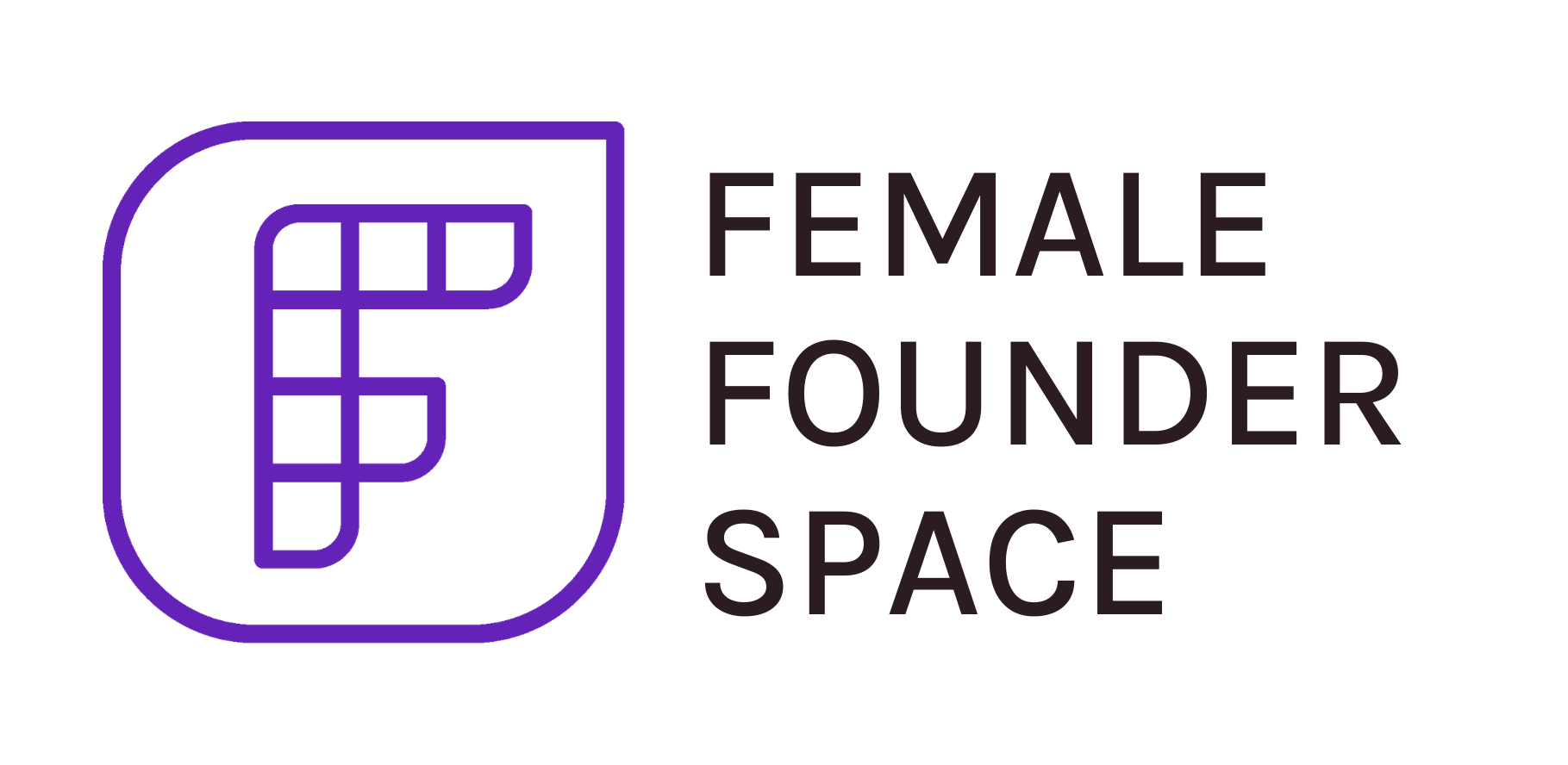Get Funding For Your Startup
-
Take Your First Steps Towards Funding2 Topics
-
Apply for Public Funding6 Topics
-
Bootstrap Your Startup4 Topics
-
Get Familiar with Bank Loans
-
Crowdfund Your Business Idea or Product4 Topics
-
Join A Startup Accelerator or Incubator
-
Raise Venture Capital or Angel Investment4 Topics
-
Start Small, Think Big!
Get Familiar with Bank Loans

Bank loans are one of the most common ways entrepreneurs finance their businesses. In fact, they represent around ¾ of the funding sources for new firms. In addition to that, they are the 2nd most common funding method chosen by female founders to finance their startups, after personal savings.
Follow this lesson to discover how this funding options really works and see if it’s the right choice for your startup!
Bank Loan
What is a Bank Loan?
- Processing or arrangement fees: administration costs of the bank to secure the amount of money desired, usually paid at the beginning;
- An insurance: particularly, a key-person insurance, which is a life insurance used to cover sudden divergences in the bank loan’s repayments in the unfortunate event that the debtor dies (thus, its cost varies based on the age of the debtor);
- Covenant compliance costs: bank fees associated with monitoring the compliance of the debtor with loan agreement;
- Collateral fees: security provided by the debtor in the form of, for example, personal possessions, property, business assets, etc.;
- Legal fees: fees associated with the law firms or legal advisor when these are required as extra;
- Professional advice: costs deriving from the professional services offered by the bank (for example, bookkeeping, management accounting, etc.).
However, there could be some other types of fee depending on the bank and country which you need to take into consideration and be aware of. Be sure to check in with your bank about that!

Common Types of Bank Loans for Businesses
Working lines of credit
A working line of credit works similarly to a bank account: a maximum amount of funds available is set by the bank and can be withdrawn – either via debit cards or by visiting the bank – at the need of the business. Ranging from 3 months to several years, they are usually subject to annual reviews by the lender in order to be renewed or called due.
Small business credit card
Similarly to working lines of credit, this type of bank loan offers quick access to capital. However, in this case the amount can be rather limited (averaging around 15.000 €). Still, the bank may offer advantageous package deals to that (such as insurances, guarantee extension on purchases, etc.).
Commercial loan
A type of business loan mostly used for short-term needs by already operating small businesses. It is similar to traditional consumer loans: a fixed amount of money is borrowed for a specific amount of time with interest to be paid.
Business startup loan
A type of business loan granted to kickstart your business. Depending on the country, it might be more difficult or easier to get this kind of loan. Sometimes there are special programs that support startup loans to make it less risky for banks. For example, in Germany, the state-owned investment and development bank KFW covers 80% of the credit risk for banks.

Commercial leasing
This loan involves the acquisition of equipment by the business (such as machinery, vehicles, facilities, etc.), really common among start-ups. Leases are arrangements through which the owner of certain equipment (the “lessor”) “lessee”) offers the possibility to the “lessee”(in this case, the business or start-up) to use their equipment over a fixed time frame in exchange for cash payments or other compensation. In this context, the bank offers the business a loan of the capital the latter will use in order to lease the equipment. Some banks may even provide a direct lease through an accredited subsidiary company.
Pros and Cons of Bank Loans
There are many pros in choosing a bank loan for your activity.
Being granted a bank loan, you’ll be sure you have the capital you need to support your business as agreed with the bank.
Once you’ve finished paying your loan, there will be no other ties or obligations towards your funding source (differently from other funding methods, for which your company may be required to pay out dividends to shareholders for the whole lifetime of the business)
However, there are also certain cons to this kind of funding option.

Most Common Requirements and Documents to Quality for a Loan
There are certain requirements your business would be expected to fulfil in order to qualify for a bank loan.
It might be the key when trying to secure your bank loan. In fact, providing a detailed business plan (including information on the market you’re aiming at or you are in, your team, your business idea, sales records – if already available, costs to take into consideration, etc.) will surely get you some points in favour, as the bank looks essentially into the potential of your company to decide if financing it would be a profitable decision to invest into it.
A credit report is another document to take into consideration. Based on your credit history (for example, number of open bank accounts, levels of debt, repayment history, etc.), it asserts your credibility as a debtor. It generally comes in a score between 300–850 (from “poor” to “excellent”) and can be calculated through certain platforms (the most prominent one being Experian, which does it for free).
It is very important that you prepare a pitch for the bank to grasp your business visions and strategies, growth opportunities, and, especially, how the loan could benefit your business project. It is necessary to mention as well the way you are planning to repay your debt.
If your business is already operating, the bank may want to look into your annual revenue to understand your business’ tendencies in terms of cash flow. This does not imply that the revenue must be of a certain entity, but more that your cash flow tends to grow. It shall also include your current ratio (balance between assets and liabilities) and business transactions.
When starting a business instead, you will need to prepare a financial forecast of your activity (which can be also included in your business plan).
As such criteria vary among the banks in different countries, remember to always check in with your bank about the documents they require, in order not to be found unprepared and speed up the process!
